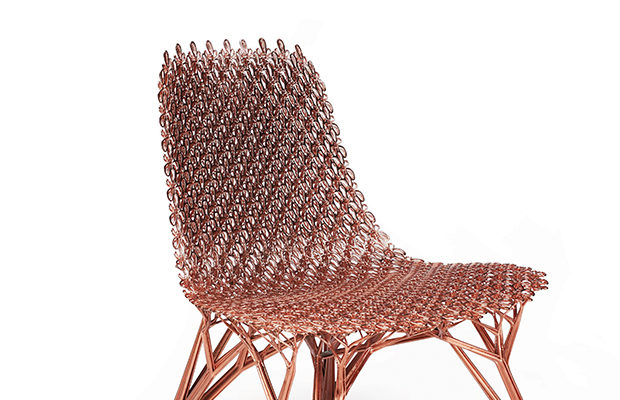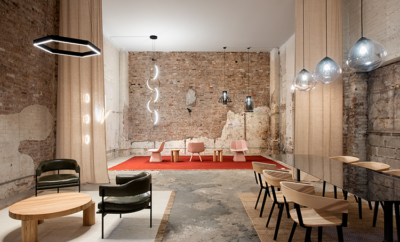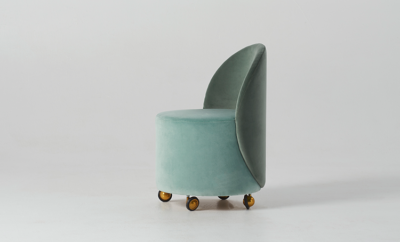
Design
Curator’s eye: The Microstructures Adaptation chair by Joris Laarman
JORIS LAARMAN’S MICROSTRUCTURES series of chairs investigates what digital fabrication and the evolution of technology might mean for furniture design in the twenty-first century. Pushing the limits of 3-D printing capabilities, Laarman engineers each chair from the level of its smallest structural and functional unit, or cell, imitating the way nature creates the most efficient structures possible. Laarman combines parametric design, which generates forms depending on the behavior of a computer algorithm in response to a set of assigned parameters, with 3-D printing of different materials to form complex, functional, and high-quality furniture. According to Laarman, “the complexity that you get with using these generative parametric design tools is, most of the time, too complicated for industrial machines to fabricate. Digital fabrication allows us to create much more complicated objects.”

Joris Laarman (1979–) / Joris Laarman Lab, MICROSTRUCTURES ADAPTATION CHAIR (Long Cell) Prototype Copper-plated 3-D-printed nylon, 2014. Denver Art Museum, Funds From Design Council of the Denver Art Museum, 2015.
The Microstructures Adaptation chair’s plant-like structure seems to rise organically, as the legs develop into branches, like a tree, to minimize any structural stress. The branches subdivide into smaller branches that form and support the chair’s seat and back. The final design simulates cellular structures to serve the needs of different areas of the chair. Each component is essential to the whole. In contrast to Laarman’s Bone chair, which uses software to distill a chair to its essential parts, the Adaptation chair explores the intricate aesthetic consequences of the evolution of parametric design technology. The final form is made of 3-D-printed nylon that is copper-plated to give it structural strength and aesthetic allure.
Darrin Alfred
Curator of Architecture,
Design and Graphics
Denver Art Museum, Colorado












